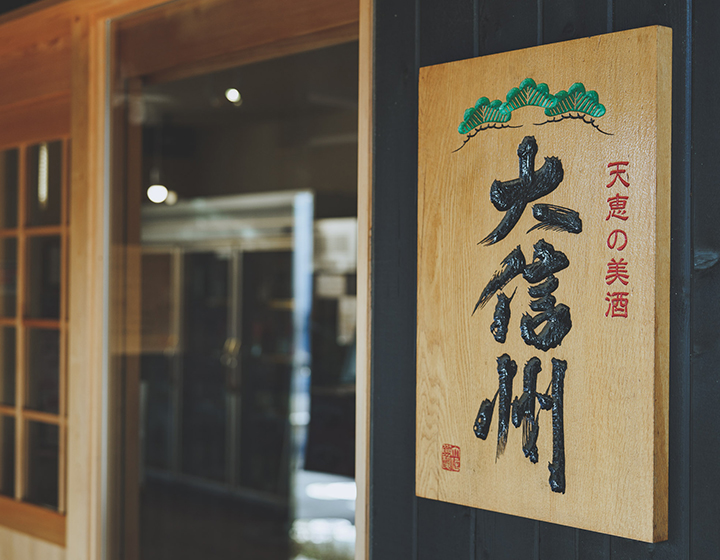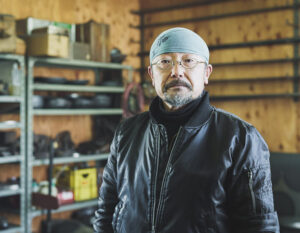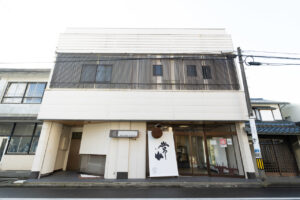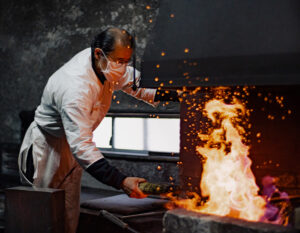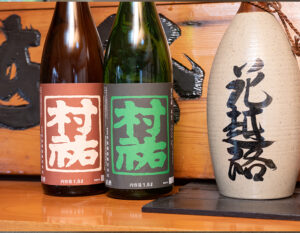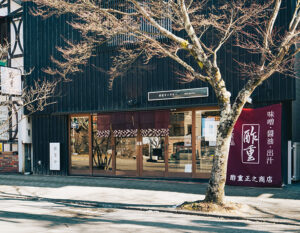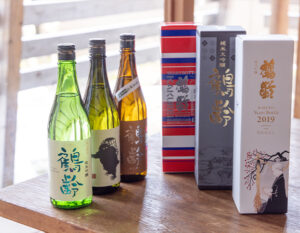Daishinshu Sake Brewery had breweries in the two major cities of Nagano Prefecture, Nagano City and Matsumoto City, respectively. As the name suggests, the brewery brews a brand that is very familiar to the people of Nagano Prefecture, and is widely distributed throughout the prefecture without being influenced by the area.
The Daishinshu Brewery will consolidate its base in Matsumoto City in 2020. The brewery has taken a new step forward in its history.
Pursuing functional beauty over scenic beauty
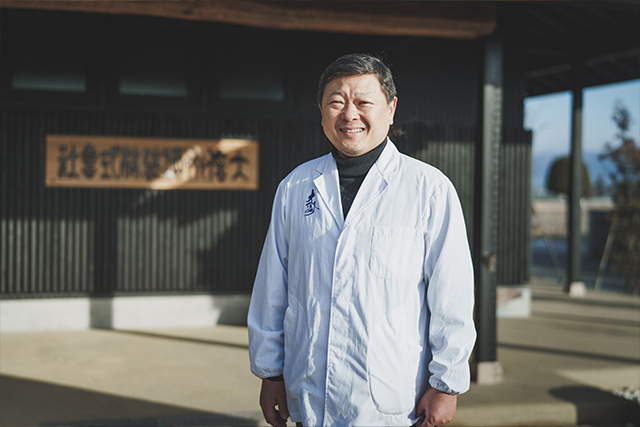
Daishinshu Sake Brewery was established in 1880 when a sake brewery founded in 1880 under the name “Haradaya” merged with several other breweries in Nagano Prefecture. Although the exact number of breweries at the time does not remain as a record, according to documents and stories passed down from the previous generation, it was a large merger that brought about seven breweries together.
For a while after the merger, each brewery brewed sake on its own, but in 1972, in an effort to improve productivity, they consolidated their brewing facilities in Toyono, Nagano City, and their bottling and shipping facilities in Shimadate, Matsumoto City, and began brewing sake there. However, even though the two bases were consolidated, the distance between them is about 80 km. It is not easy just to transport the products, and it is not efficient because sake brewing cannot be done in a one-stop shop. Although the company had hoped to one day consolidate its operations in a single location, the actual realization of this goal was not easy.
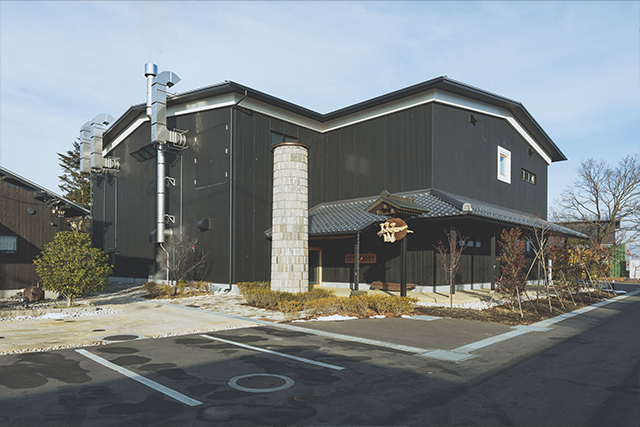
In 2020, however, they finally got their wish and consolidated their operations in Shimadate, Matsumoto City, where Haradaya, which was at the center of the merger, was located. The new building and brewery, which has a completely new image of a sake brewery, is designed to be functional and beautiful, with the highest priority given to the flow and operation of the sake brewing process. Of course, an old and atmospheric sake brewery has a certain elegance that impresses visitors and enhances the taste of sake by its image alone. However, Ryuichi Tanaka, the current president of the company, believes that as a manufacturing company, a legacy that does not function is meaningless, and he is determined to improve productivity and quality so that the company can continue to brew sake in the same way 100 years from now, and in 100 years from now, he hopes that this facility can again be called a legacy of value. The company has chosen to grow even further so that in 100 years’ time, this facility can once again be called a valuable legacy.
The new building is bright and clean, and the employees’ faces and voices are uniformly cheerful. The new Taishinshu Brewery has given up its quaintness and created an environment in which employees can work comfortably. The new Daishinshu Brewery has given up its traditional atmosphere and created an environment where employees can work comfortably.
Daishinshu Brewery’s commitment to dry sake
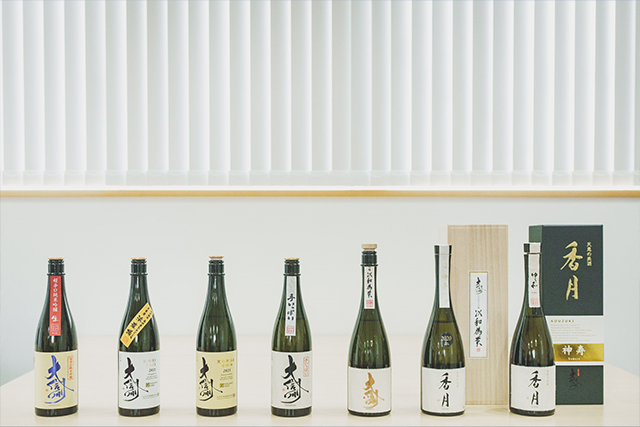
Daishinshu aims for dry sake with a refreshing apple-like aroma. This aroma is a type of aroma component produced during the sake brewing process, and it is a ginjo aroma characterized by a sweet aroma that can be perceived as pear or pineapple. Daishinshu Sake Brewery, which mainly produces ginjo, has been pursuing this ginjo aroma for a long time. In recent years, the company has been able to extract this aroma all at once using the power of yeast, but President Tanaka says that this is a little too much.
Daishinshu Brewery aims for a sake that is elegant, light, and refined, with hints of apple, citrus, and white grape aromas. These days, sake with such a taste is favored at sake competitions, and it is easier to win awards. However, this is just the current needs of the market, and President Tanaka believes that it is not right to change the taste of sake that one is aiming for just to follow the current trends. He is aiming for a universal and distinctive taste that can be recognized even in a blind tasting as “Daishinshu.
70% of the taste is determined by the ingredients
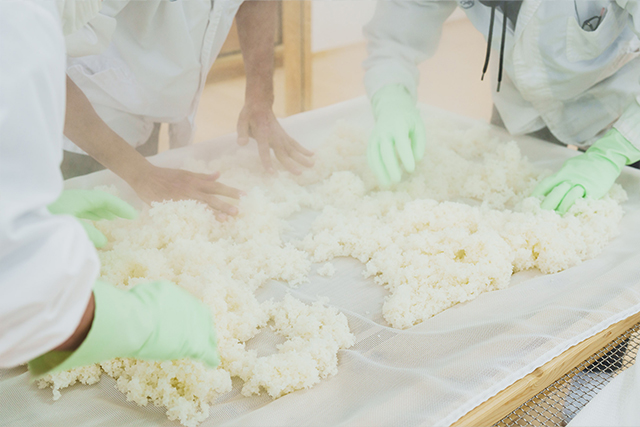
Therefore, he is particular from the stage of raw material processing. In the new facility, a system has been installed to maintain a constant water temperature for washing rice used for sake. Even if the water temperature rises due to outside temperatures, the rice does not absorb too much water. In the Daishinshu style, the steamed rice is cooled naturally to remove the heat, which improves the “sabake” (texture) of the steamed rice by far. From ginjo-shu for sake competitions to heated sake for local consumption, the steamed rice used for the sake mother and koji are all naturally cooled.
In recent years, few sake breweries use natural cooling for all of their sake because of the time and effort required. However, this is a practice that has been practiced since the old brewery, and we would never think of changing it. For this reason, the new facility has been designed to make the cooling process as easy as possible.
Although there is no visible difference in the type of rice or yeast used to make sake, Daishinshu Brewery believes that the raw materials and their processing determine 70% of the taste, which is why they are so particular about the raw material processing and have created an optimal environment for it. Of course, we are also particular about our ingredients. Currently, all of the sake rice used by Daishinshu Brewery is grown locally under contract. Eighty to ninety percent of it is grown using organic farming methods. The variety is limited to two varieties, Hitogokochi and Kinmon-nishiki, both of which originated in Nagano Prefecture.
Until a few years ago, they also used “Yamadanishiki” and other varieties, but they have switched to all of them. It is true that some brewers still want to use Yamada-Nishiki, and in fact, Yamada-Nishiki is considered the king of sake rice. However, Yamada-Nishiki is a sake rice native to Hyogo Prefecture and is best suited to growing in the climate of Hyogo Prefecture. So, once we decided to use locally grown rice, we thought we should adapt the variety to the growing environment of Nagano Prefecture and control the taste of the sake that our own brewery aims to produce.
Behind this decision is a strong will to maximize the agricultural potential of Nagano Prefecture, which is rich in nature, as the mission of a local company. This commitment to the local community can also be felt in the words posted throughout the brewing room.
Love and Gratitude” for Sake and its Ingredients
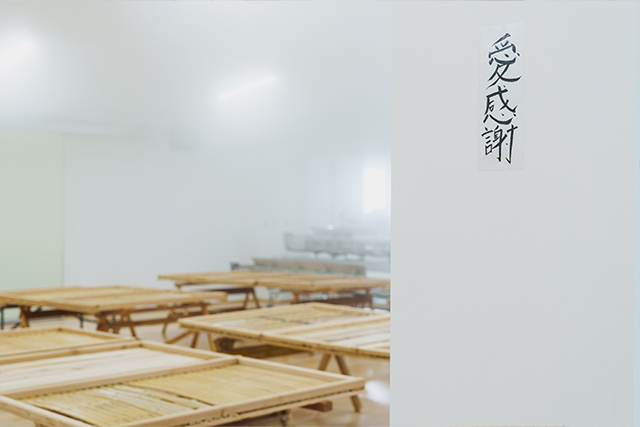
The Daishinshu Brewery boasts the largest production volume in Matsumoto City. The new brewing room is designed with work efficiency in mind and feels larger than it actually is because there are almost no obstructions in the room.
The room is so bright and open that it is hard to believe it is a sake brewery, and just by looking around you can tell that it is a comfortable working environment. Looking around the room, one can see signs everywhere.
The words “Love and Gratitude” are written by each employee before the start of the year’s sake brewing. It is a traditional way of marking the beginning of the season at the brewery, and it is written with the intention of expressing love and gratitude for the sake to be made and the natural environment that surrounds the brewery.
The idea that only the best can be made if the brewery is filled with love and gratitude is still alive and well at Daishinshu Sake Brewery. This philosophy has led to facilities that prioritize the work environment and sake brewing that is rooted in the local community.
A mountain is formed by the accumulation of dust
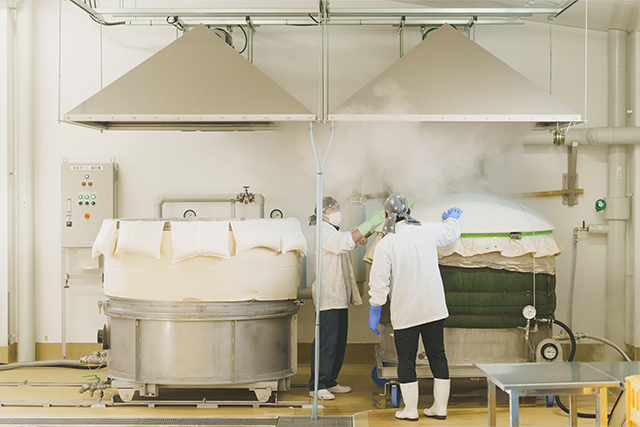
The Daishinshu Sake Brewery has never done anything out of the ordinary, but rather has continued to pursue the taste of its own sake.
The words of the previous master brewer, “I want a harmonious and mild sake,” remain the basis of their brewing to this day, as they strive to create sake that will be loved by all. They do not drastically change the taste of sake or the way it is made, but rather continue to study the basics, believing that the raw materials and the processing of raw materials determine the quality of the sake.
The process is not flashy, but the company takes everything they think is good and updates it one step at a time.
President Tanaka believes that the dust accumulated in this way will eventually form a large mountain that will become a new foundation, and that this is the way the Daishinshu Brewery should be, and he is devoting himself to sake brewing every day with an eye to the next 100 years.



